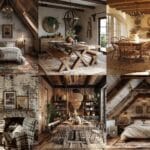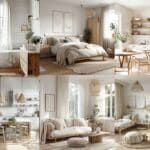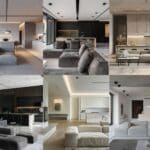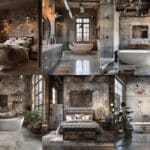In a world where your home is your sanctuary, modern interior design offers a perfect blend of aesthetic appeal and functional living. Gone are the days when interior design was solely about matching colors and styles; today, it’s about creating spaces that enhance your quality of life.
Whether you’re looking to revamp a single room or your entire home, understanding the principles of modern design can transform your living space into a masterpiece that reflects your personal taste and lifestyle.
Modern interior design is all about clean lines, open spaces, and a harmonious blend of form and function. Imagine walking into a room that feels both spacious and intimate, where every piece of furniture serves a purpose and adds to the overall beauty.
This style not only elevates your home’s look but also improves its functionality, making everyday living more enjoyable. Ready to explore the world of modern interior design? Let’s dive in and discover how you can create a home that’s both stylish and practical.
Top 11 Modern Decor Ideas and Styles
#1. Modern Interior Living Room
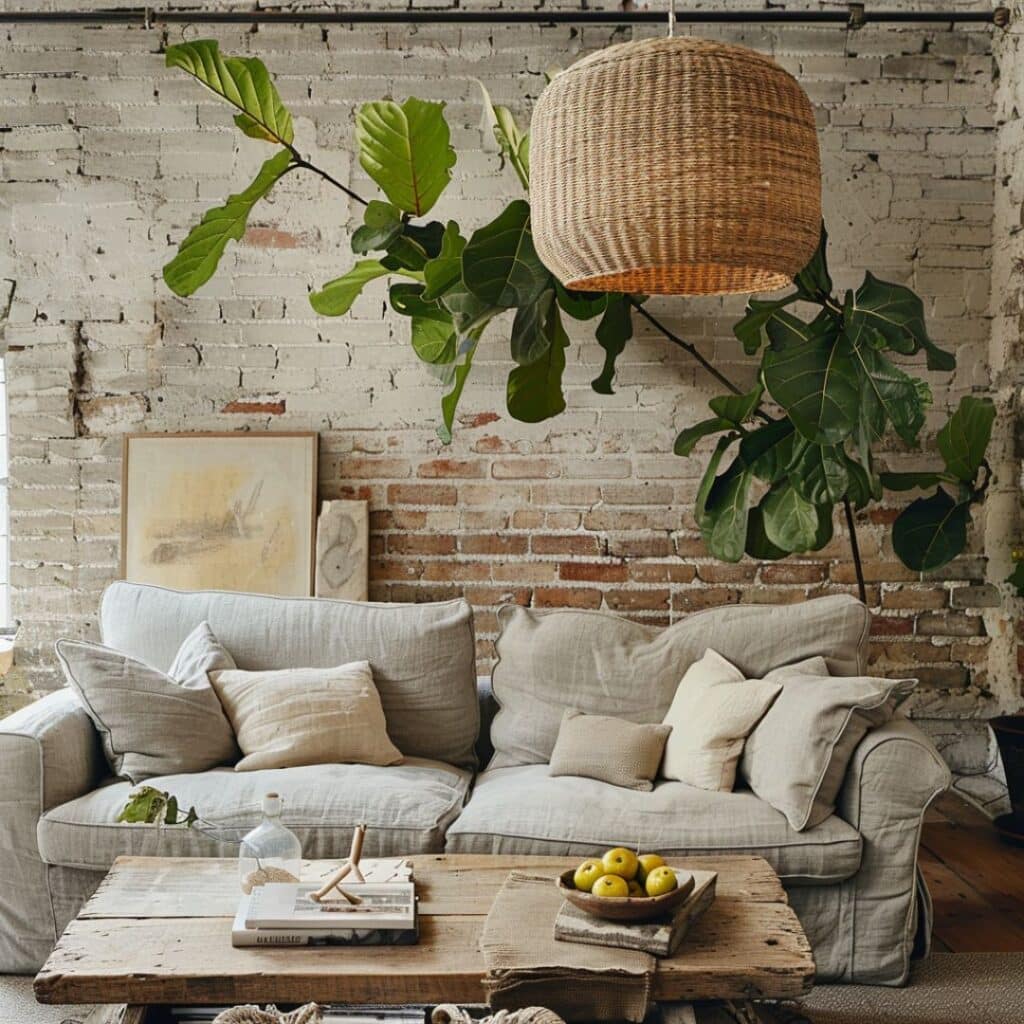
#2. Modern Living Room Window
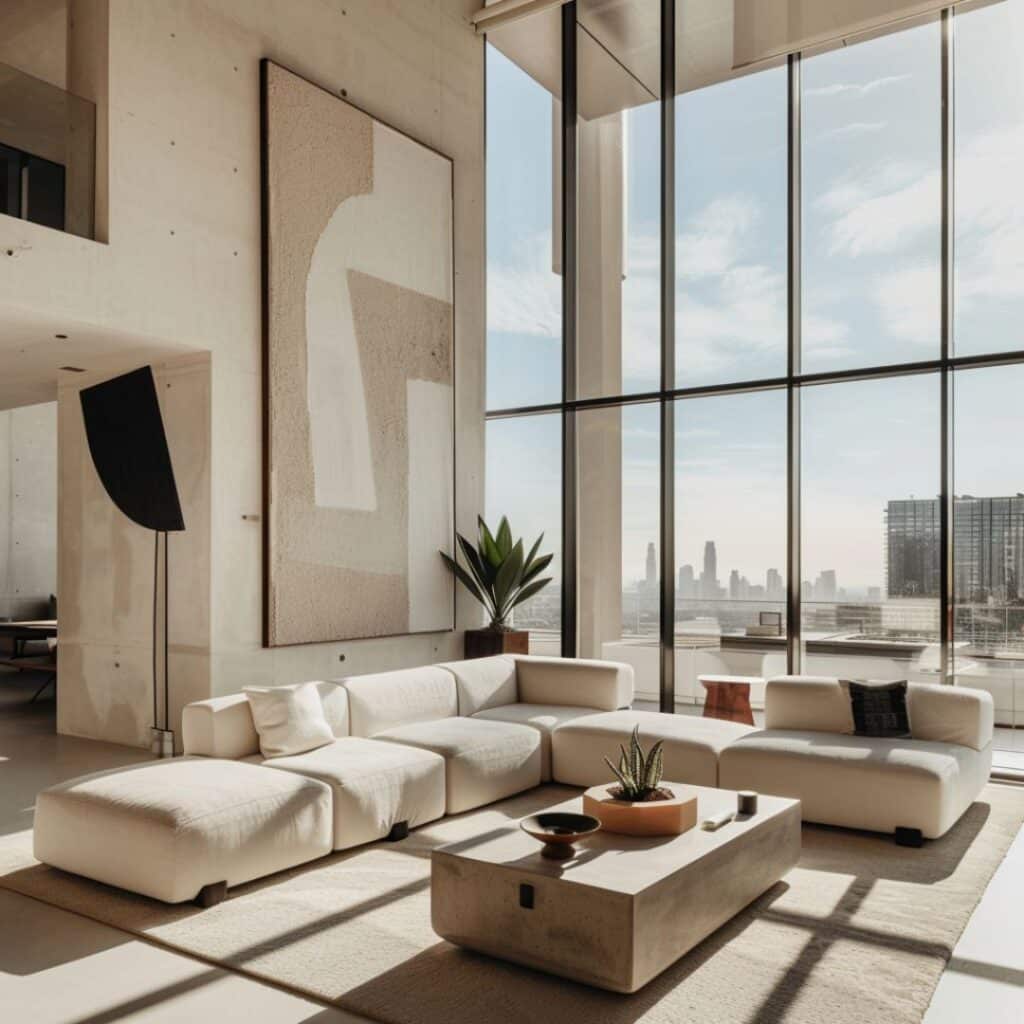
#3. Modern Living Room Wall Style
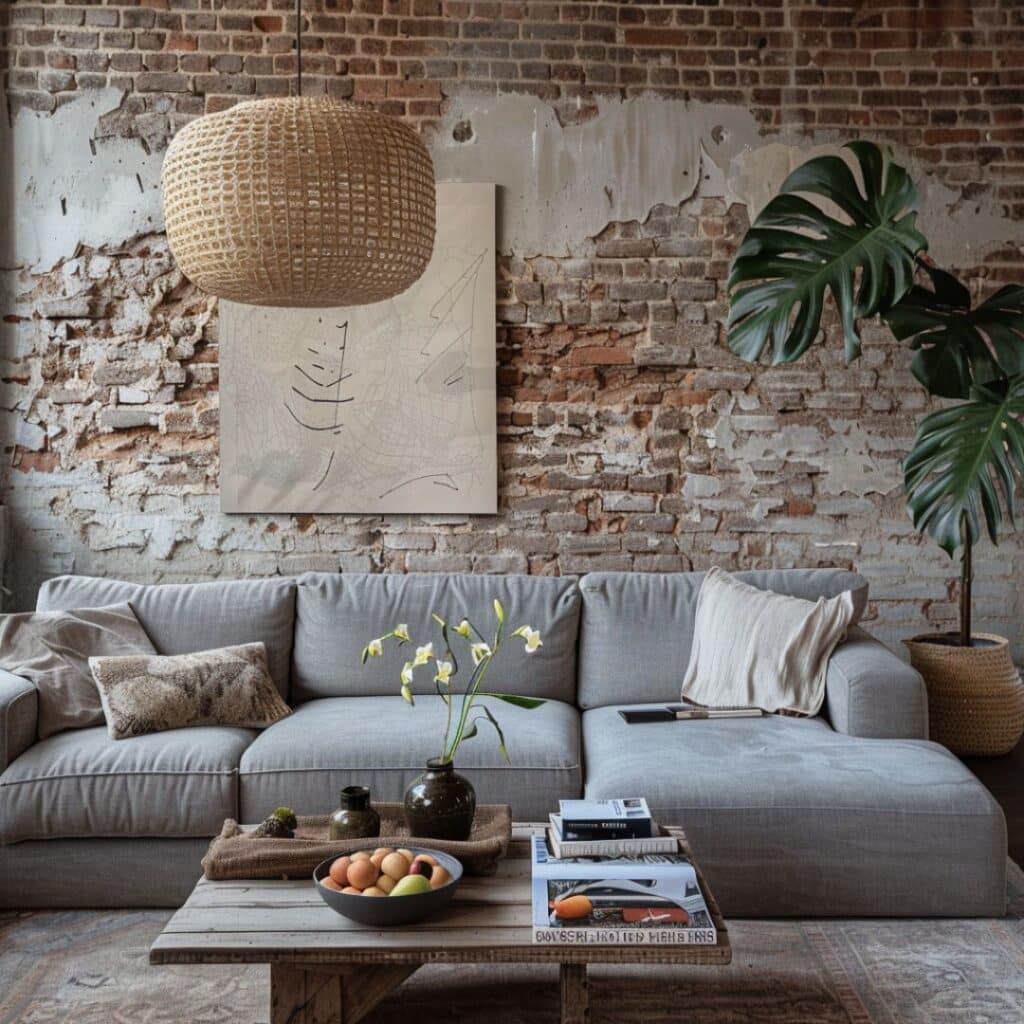
#4. Modern Living Room View
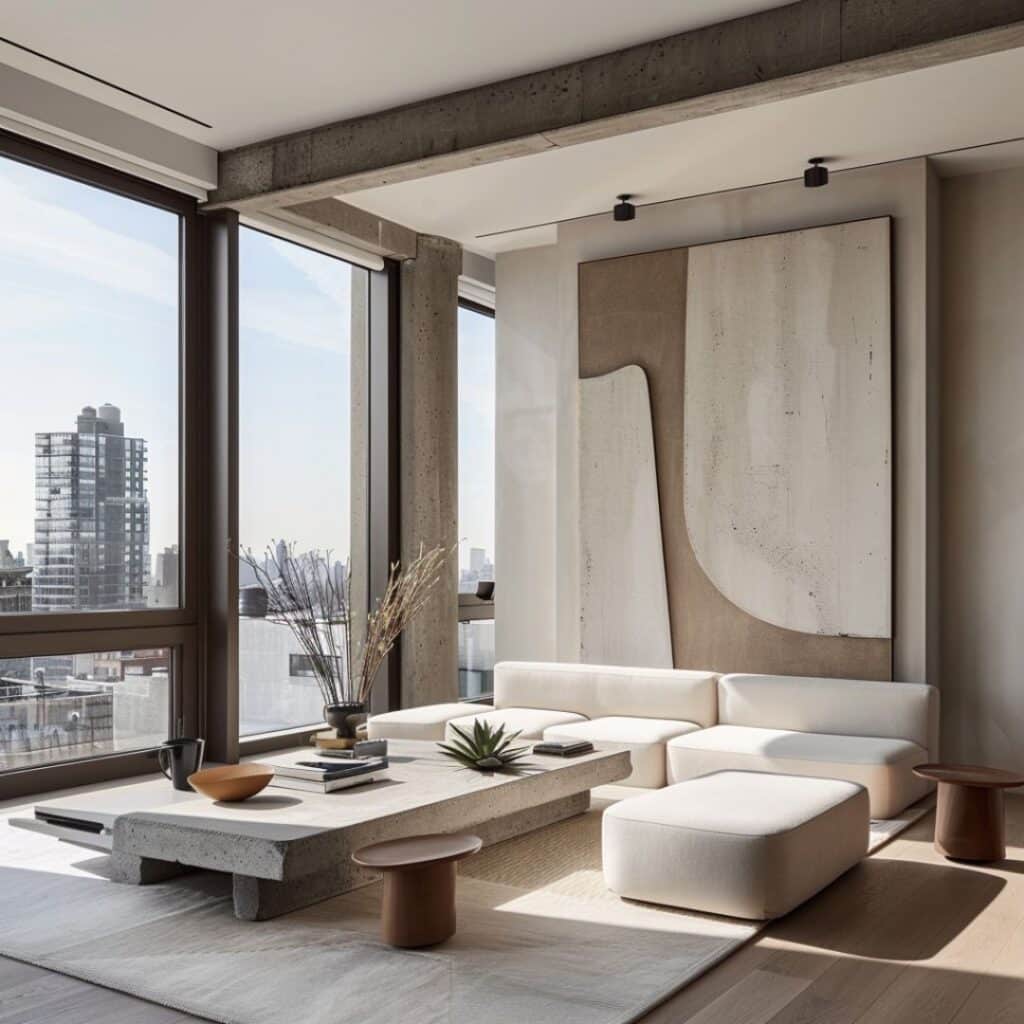
#5. Modern Living Room Sofa
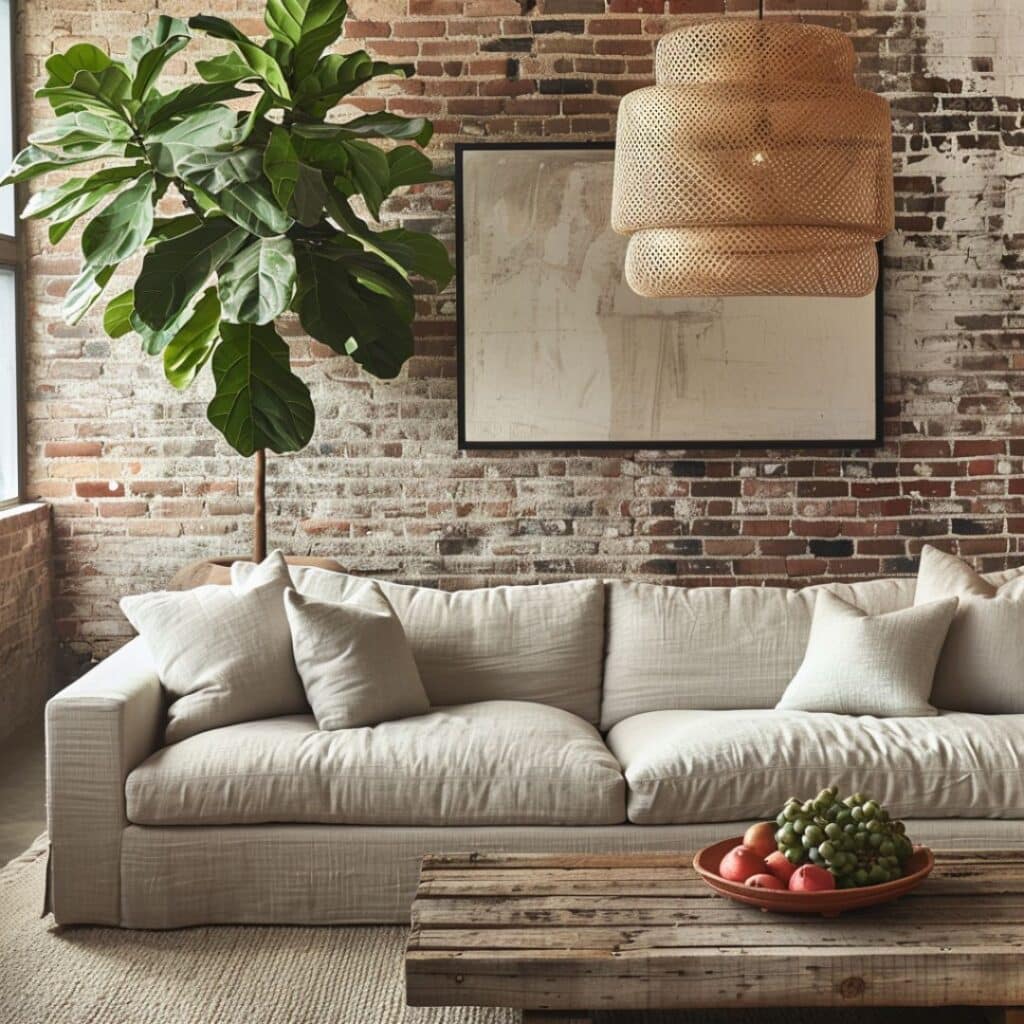
#6. Modern Living Room Picture
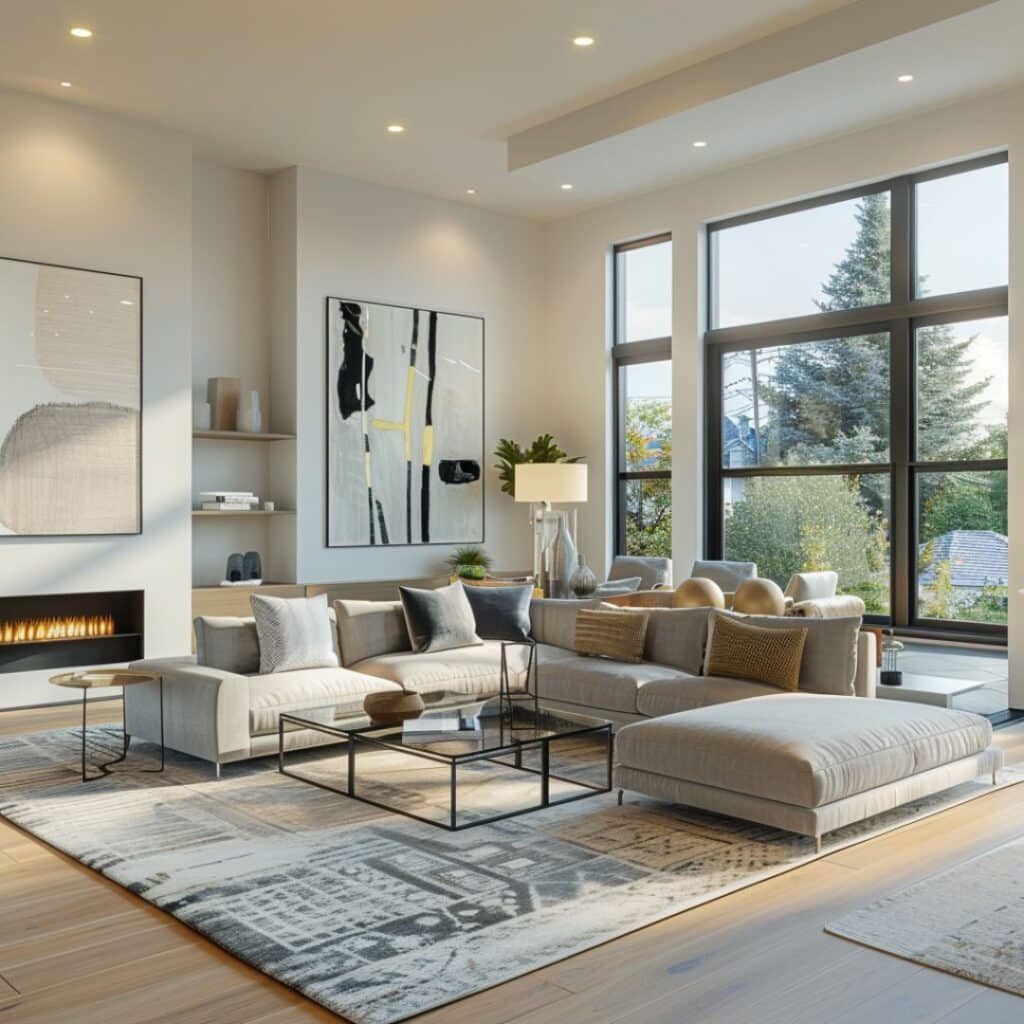
#7. Modern Living Room Indoor Plants
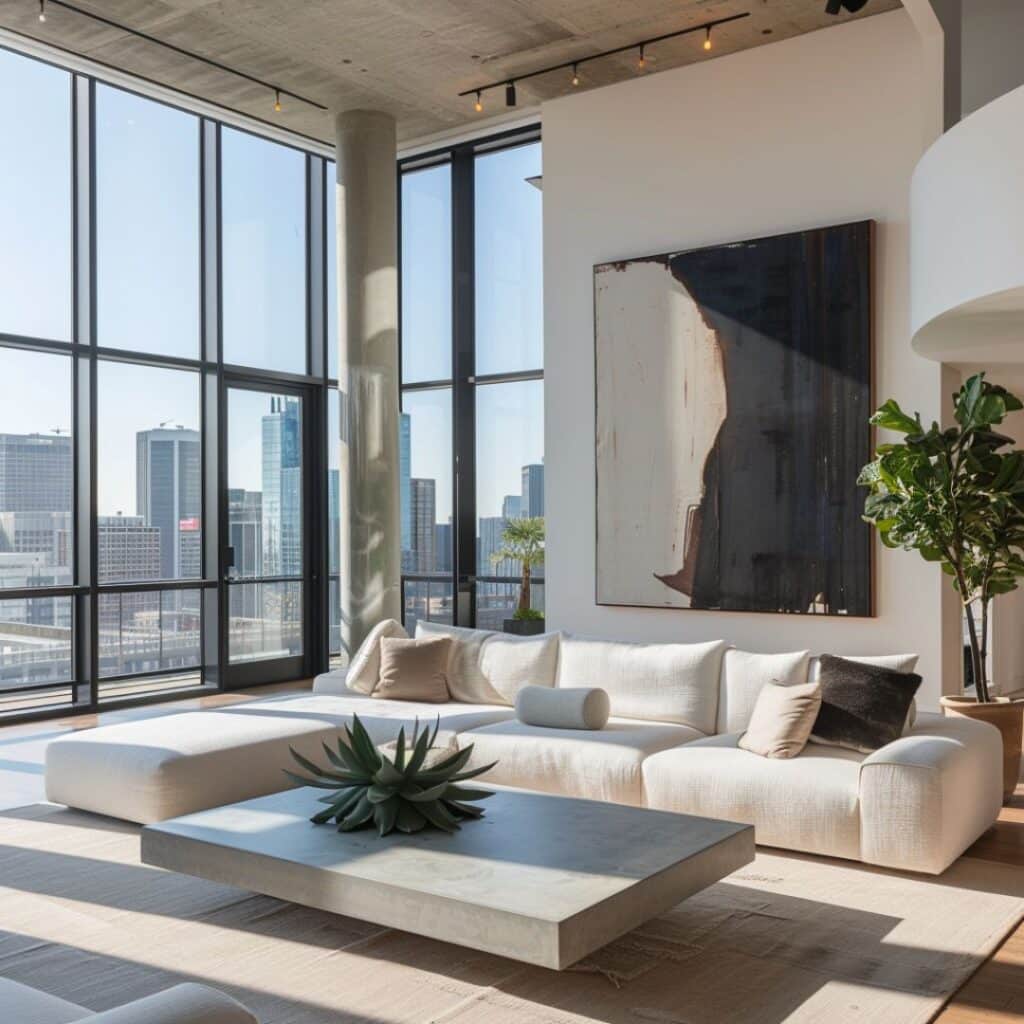
#8. Modern Living Room Coffee Table

#9. Modern Living Room Chairs
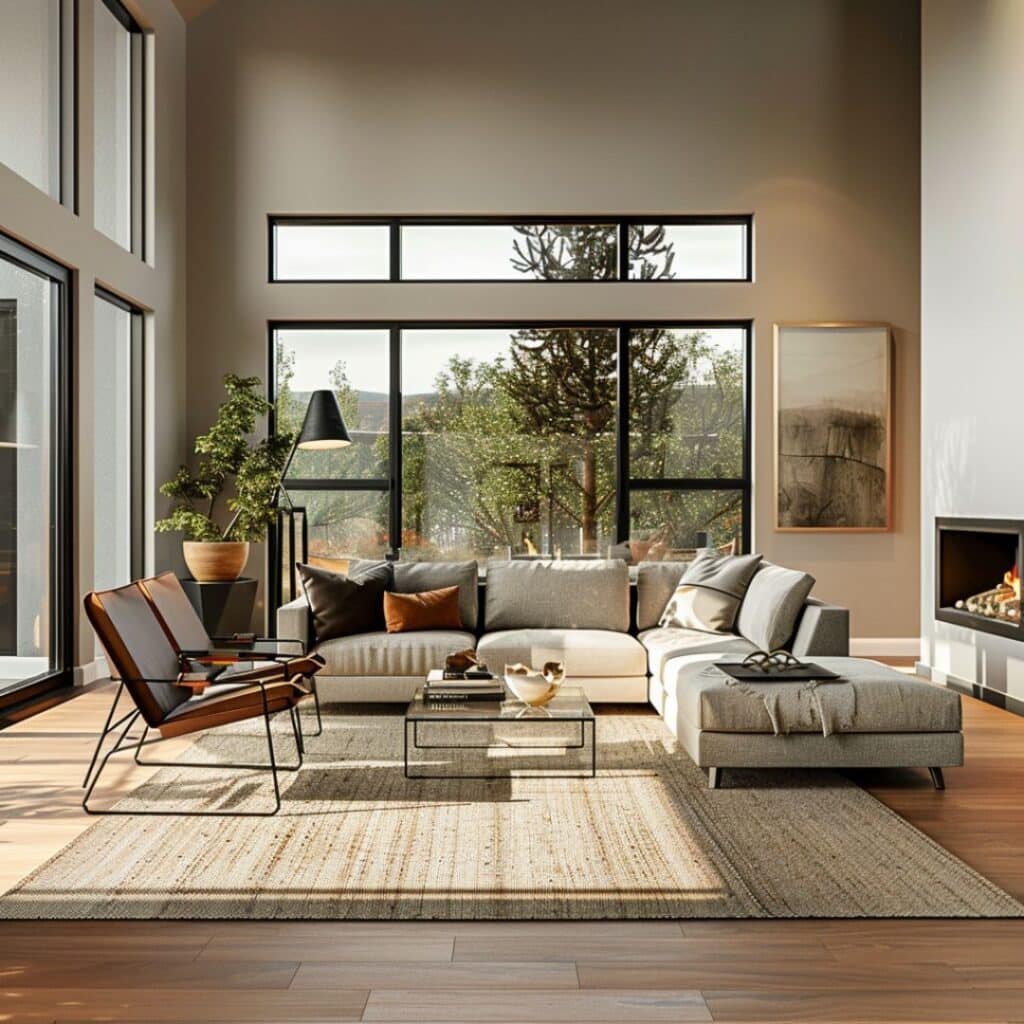
#10. Modern Living Room Carpet
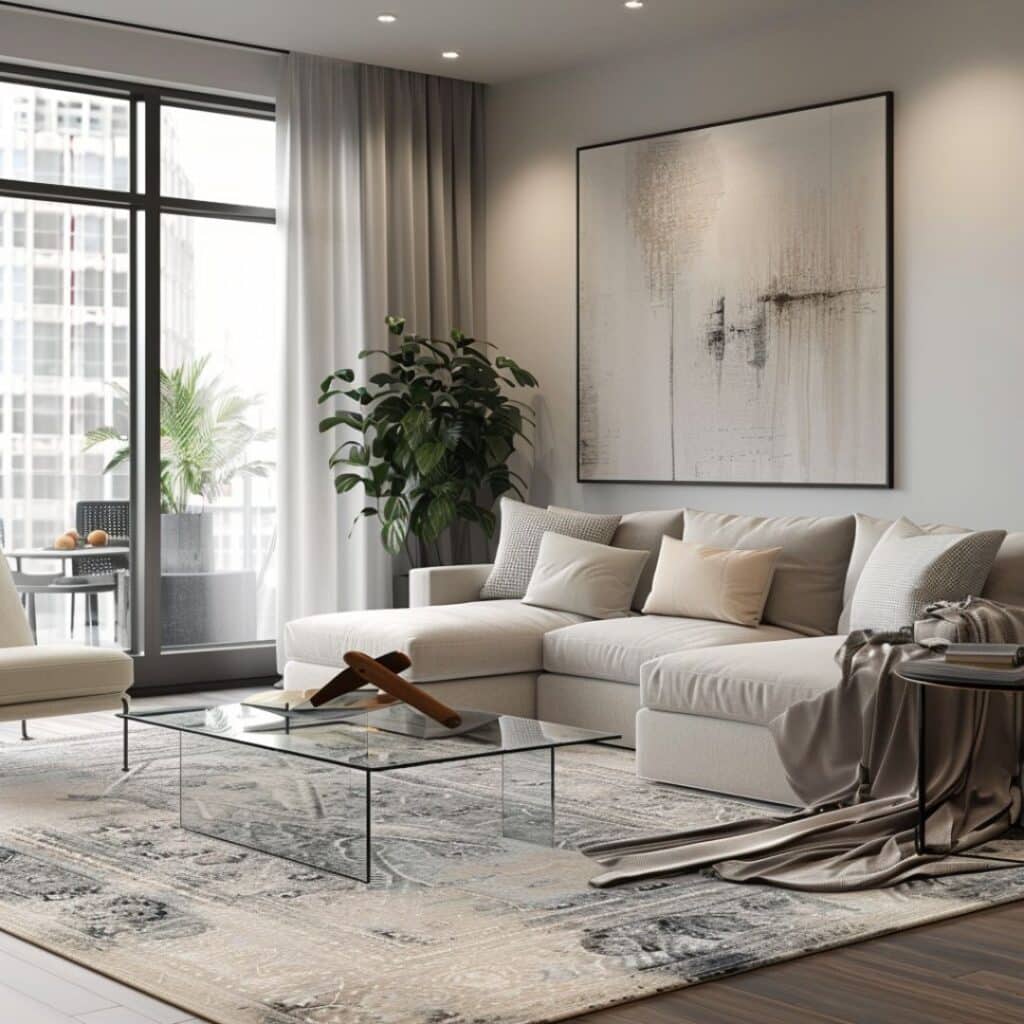
#11. Modern Living Room
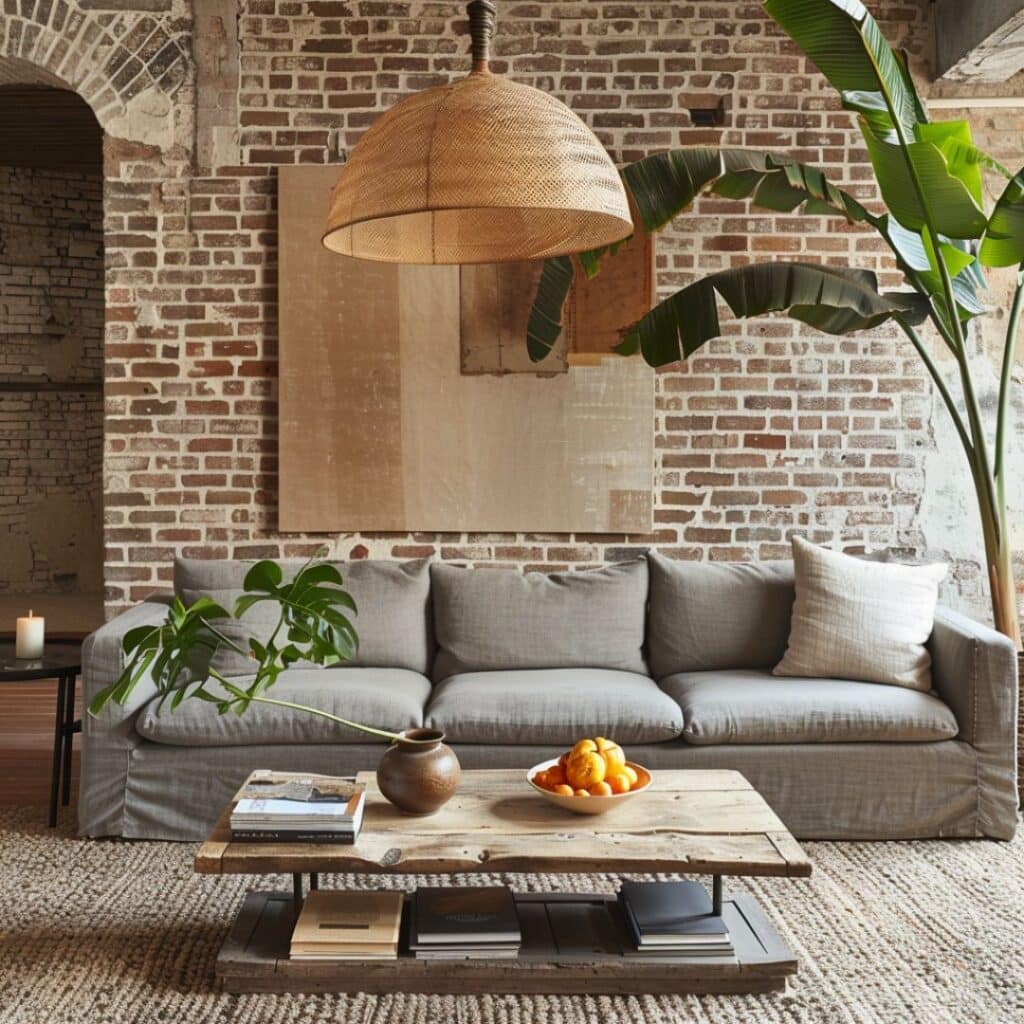
Exploring Modern Interior Design
Discover how modern interior design balances aesthetics with functionality. From key elements to historical influences, this approach transforms spaces into masterpieces.
Key Characteristics and Elements
Modern interior design focuses on clean lines, minimalism, and functionality. Open spaces and natural light create an airy atmosphere. Neutral color palettes with splashes of bold colors add vibrancy.
Materials like glass, steel, and concrete are common, providing a sleek look. Furniture often features simple shapes and multi-purpose functionality. Decorative items stay minimal, keeping the space clutter-free.
The Evolution and Historical Influence
Modern interior design has roots in the early 20th century. It arose from the desire to break from traditional styles. Influences include the Bauhaus movement and Scandinavian design.
The Bauhaus movement emphasized functionality and simplicity. Scandinavian design added warmth through natural materials and light colors. These influences shaped modern design into what it is today.
Design Principles of Modern Interior Design
Modern interior design hinges on functionality and simplicity. These principles combine to create spaces that are both beautiful and practical.
Emphasis on Functionality and Simplicity
In modern interior design, form follows function. Each element, from furniture to decor, serves a practical purpose. Furniture pieces are low, horizontal, and streamlined, often made from natural materials like wood and leather, enhancing simplicity. Surfaces remain smooth with minimal decoration. Geometric shapes dominate, and elaborate details are absent.
Natural Materials and Earthy Colors
Natural materials are a cornerstone of modern design. Wood, leather, glass, and stone create a warm, inviting atmosphere. Earthy tones like browns, beiges, and muted greens contribute to a serene environment. These elements provide a cohesive look and promote a sense of calm in the space.
By focusing on these principles, you can create modern spaces that are both functional and visually appealing.
Key Features of Modern Interior Design
Modern interior design seamlessly blends simplicity and functionality. Explore how essential elements create both practical and visually striking spaces.
Open Floor Plans and Natural Light
Modern interiors favor open floor plans. These layouts use minimal walls, enhancing the flow between spaces. Large windows and sliding doors are common, maximizing natural light. This design reduces dependency on artificial lighting during the day and creates an airy atmosphere.
Minimalist Decor and Geometric Patterns
Minimalist decor defines modern design. Clean lines, neutral colors, and unadorned surfaces prevail. Furniture often features geometric forms and simple textures. Using bold geometric patterns on walls or as accents adds visual interest without clutter. This approach keeps spaces organized and aesthetically pleasing.
How to Incorporate Modern Design in Your Home
Incorporating modern design can transform your living space into a stylish sanctuary. Here’s how to do it effectively.
Selecting the Right Color Palette and Materials
Modern design thrives on simplicity and natural hues. Choose neutral colors like white, gray, and beige for walls and large furniture pieces. Accent these with pops of bold colors through decor items.
Integrate natural materials to add warmth. Use wooden floors, stone countertops, and leather furniture. These elements create a balanced and inviting atmosphere.
Choosing Furniture and Creating Focal Points
Opt for furniture with clean lines and minimal ornamentation. Items should serve multiple purposes. Think of a storage ottoman or a sofa bed.
Create focal points with statement pieces. Use an abstract painting or a unique light fixture. These draw attention and add interest to the room.


